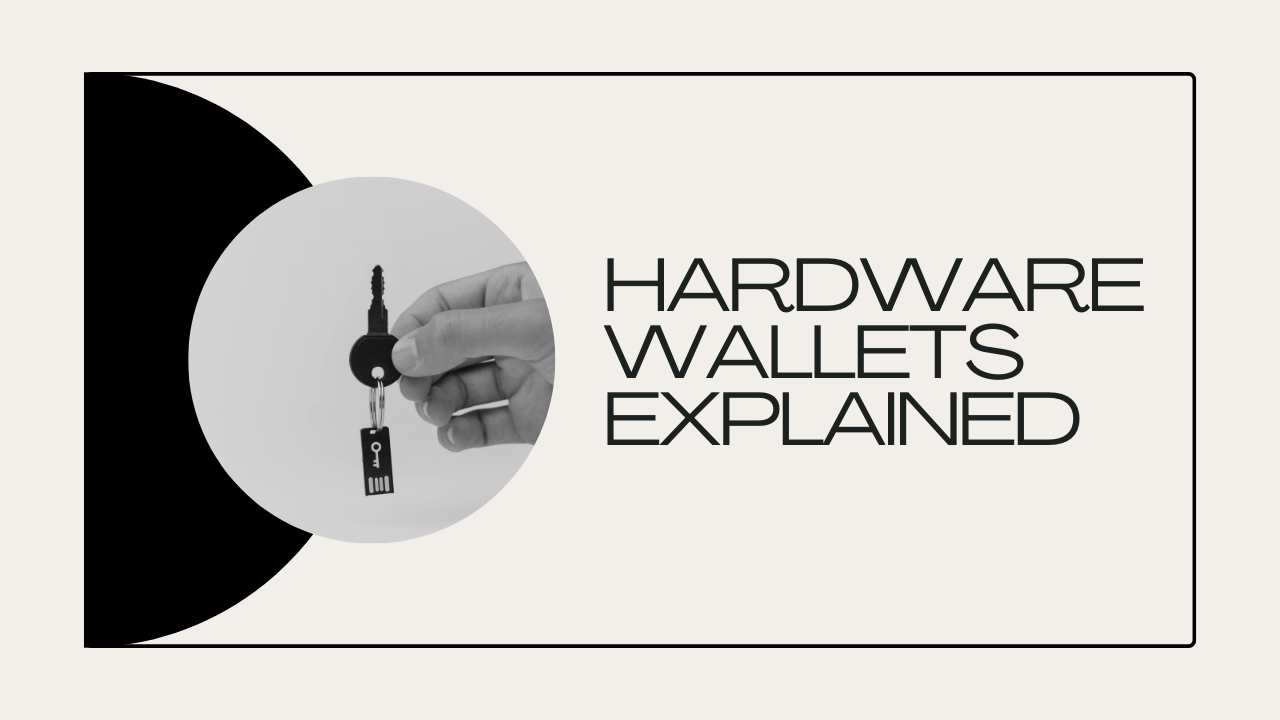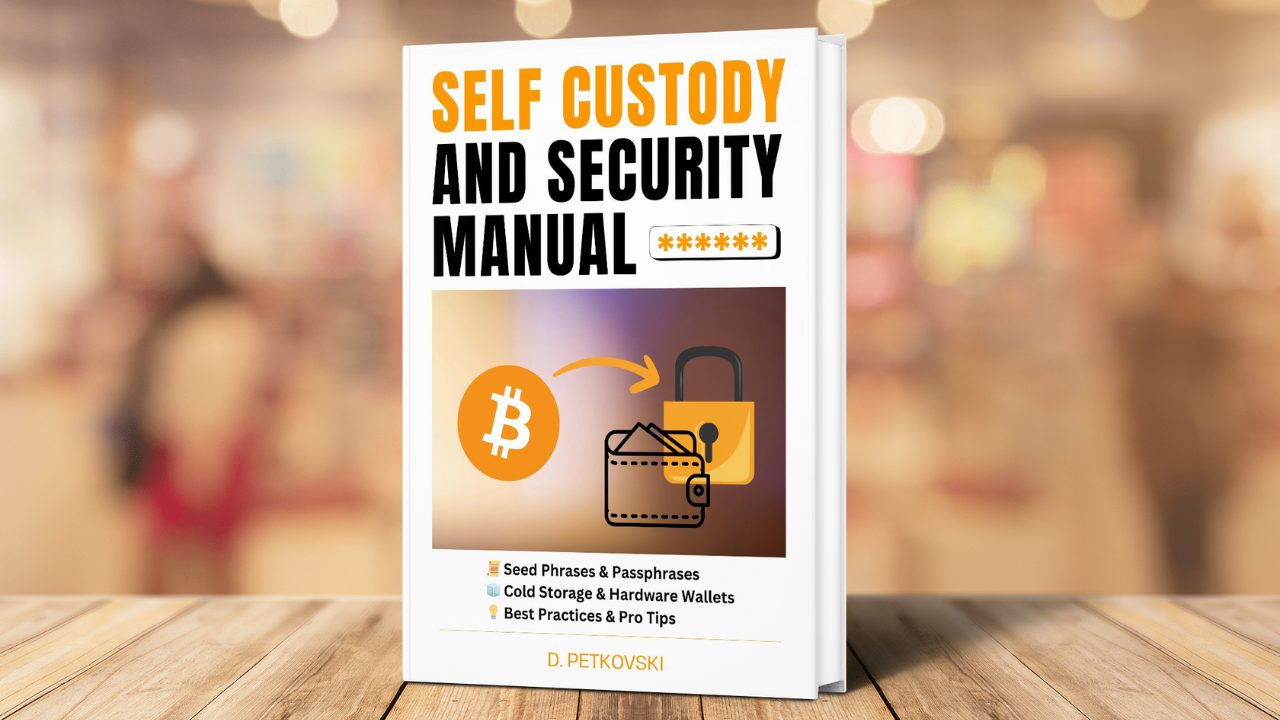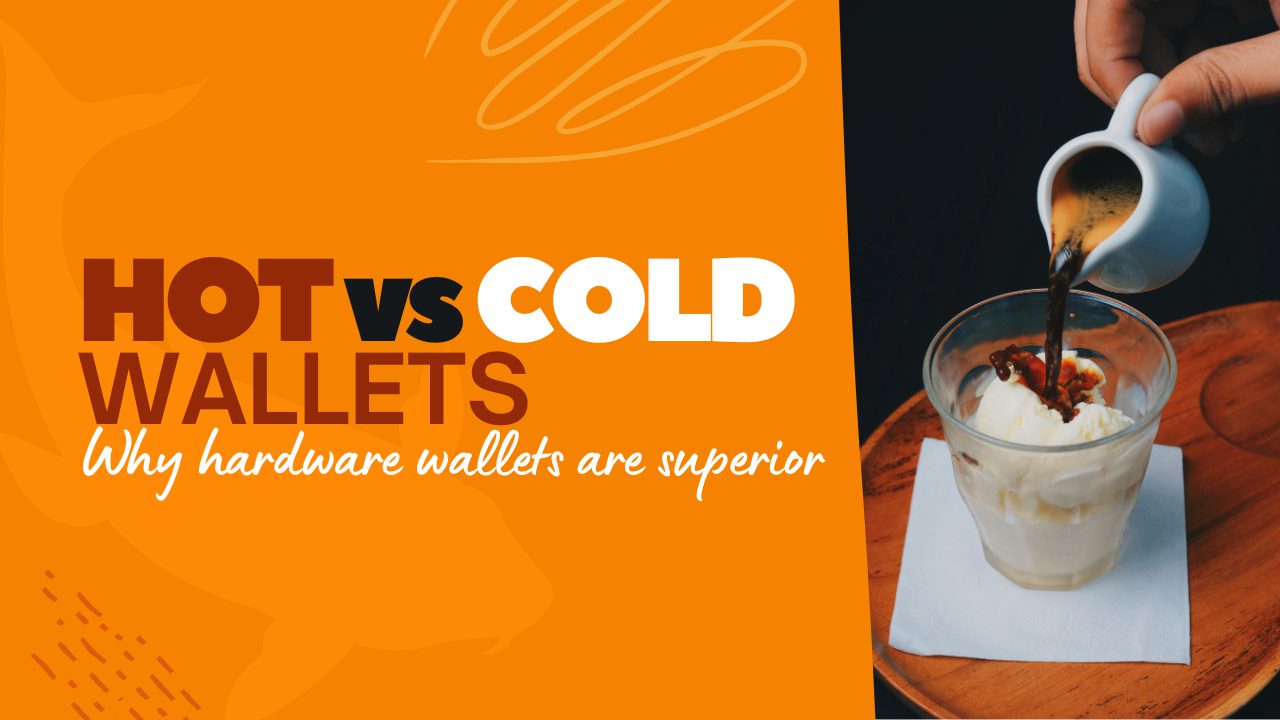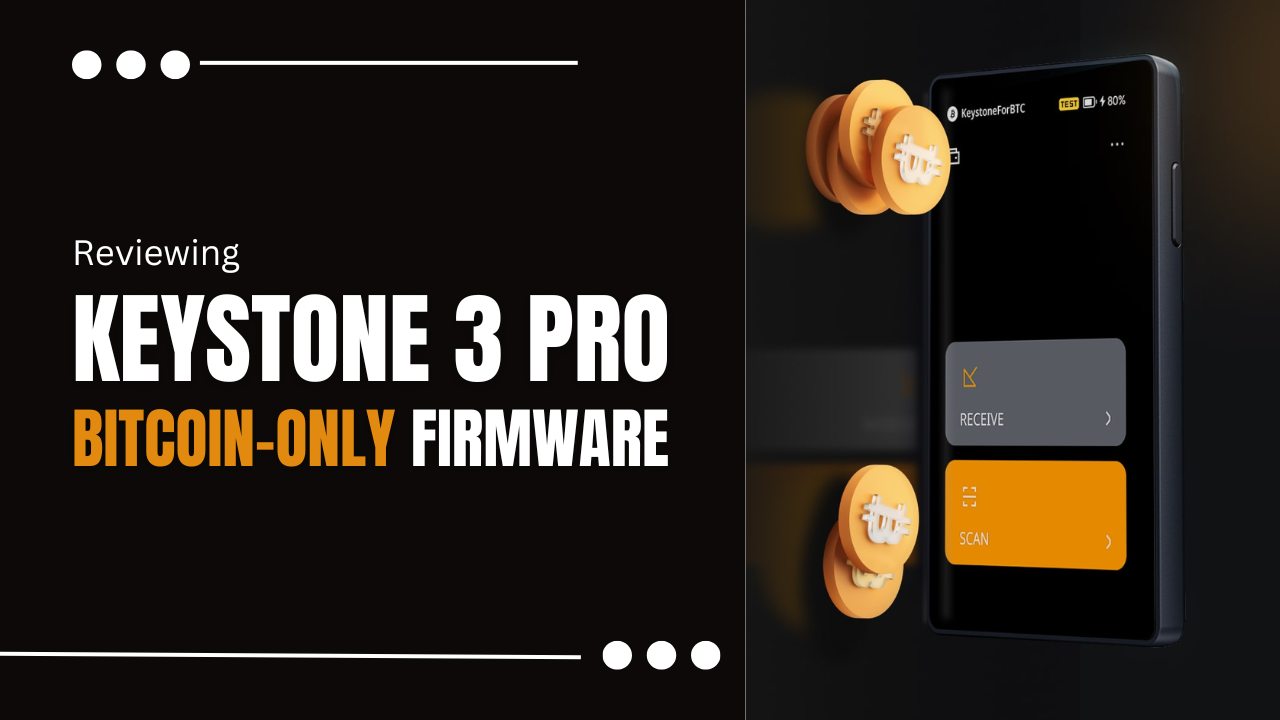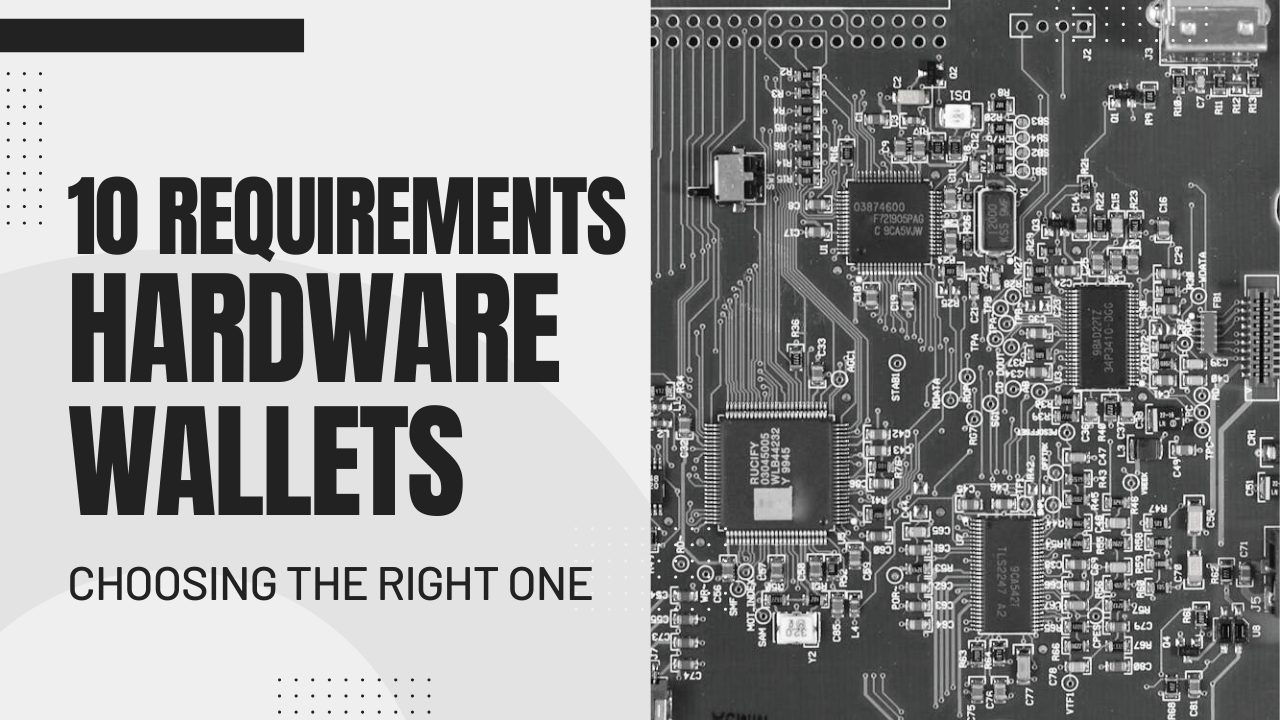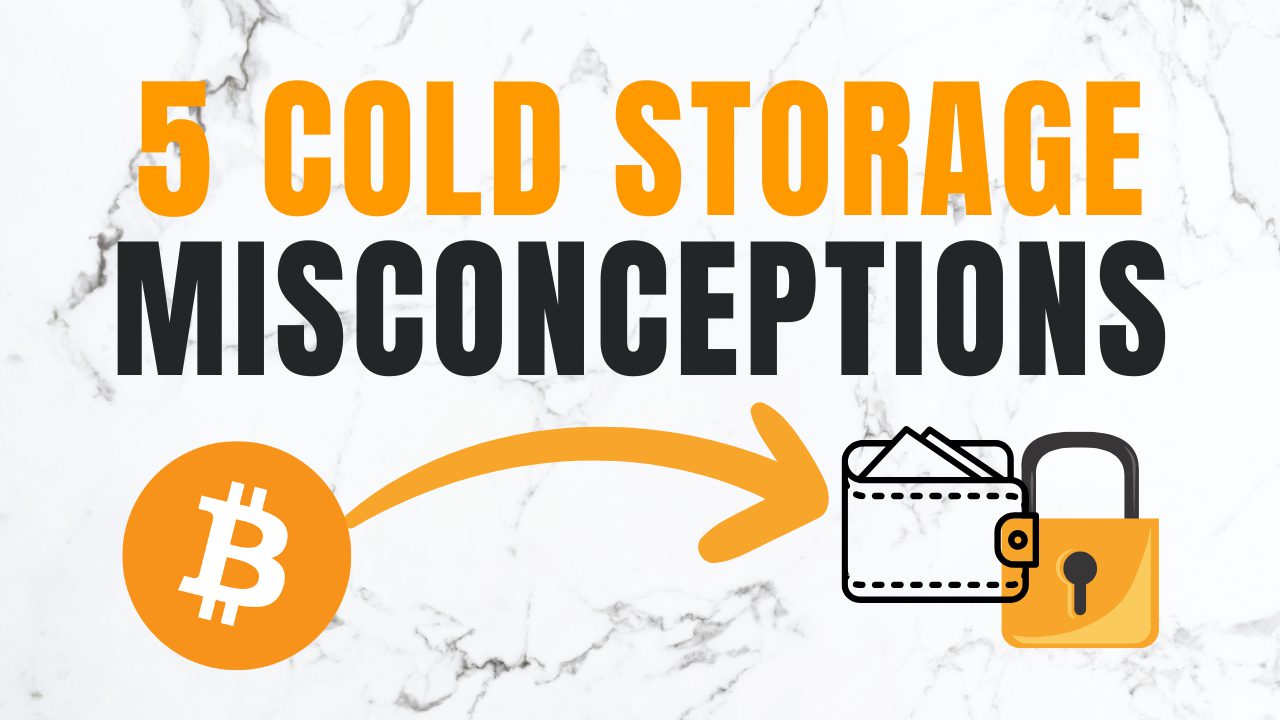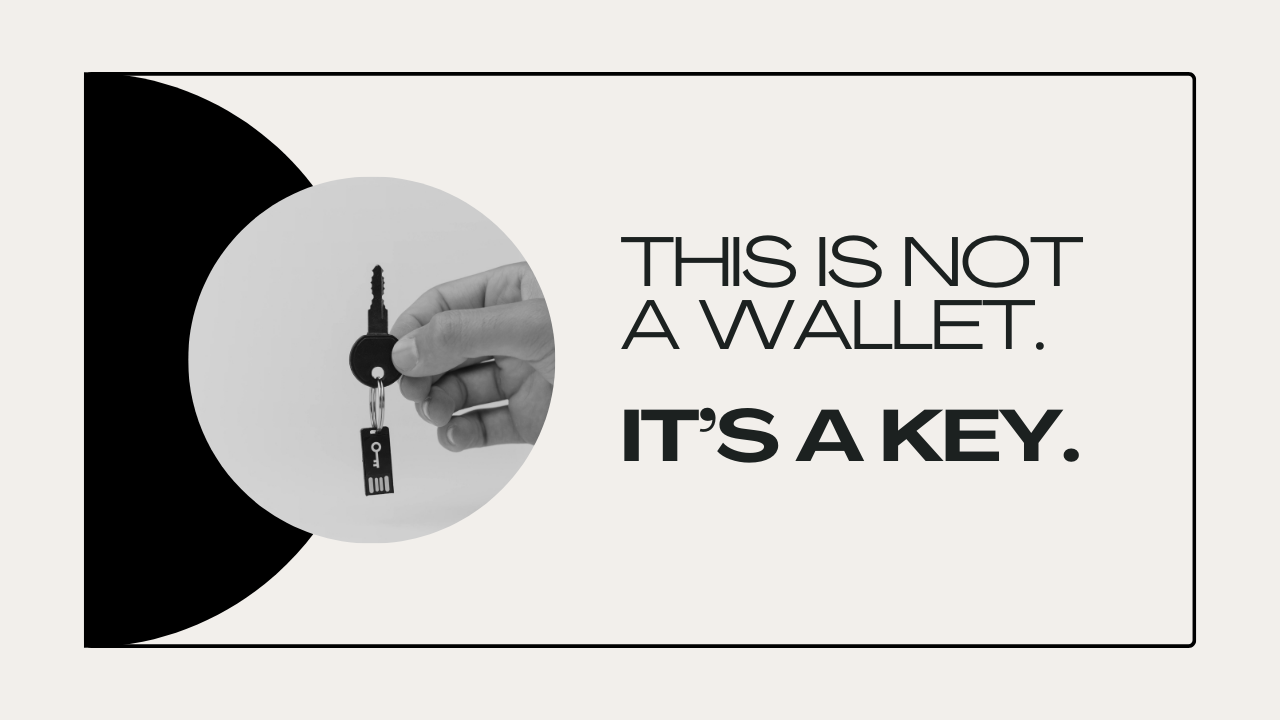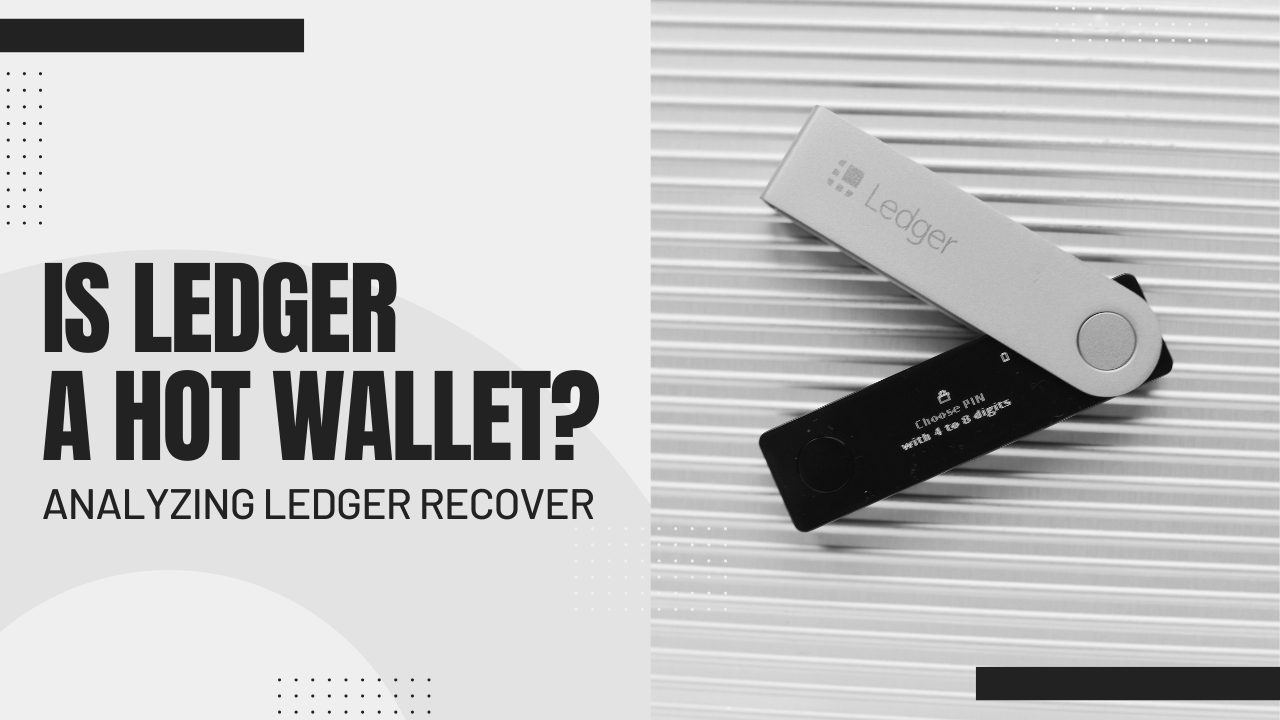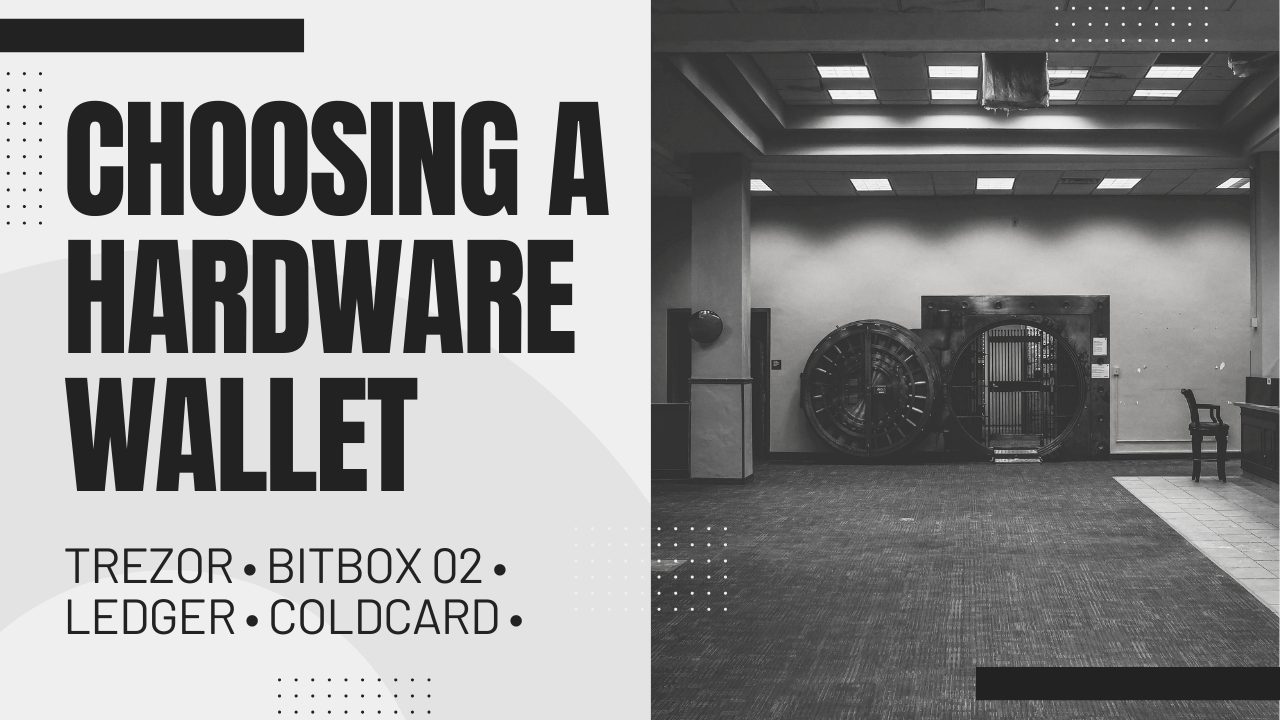
Practicing self-custody comes with the burden of picking the right hardware wallet.
That evaluation is highly personal journey, as the circumstances and needs vary from person to person. In this post, I show you my thought process and requirements.
Below, you can find a comparison between a few of the industry-standard hardware wallets and my conclusions.
Requirements
First of all, my requirements:
- Only BIP39 compatible wallets
- 24 words seed phrases, not 12
- No devices that can be stolen and used immediately
- I don’t care about diversity of coin support
- The less fancy the device is, the better
- Must support passphrases (25th word)
- Security before convenience/extra functionalities
- Must be usable with third-party software wallets
- Software and firmware must be open source
Many existing HW users might be doing a similar evaluation because the 9th requirement isn’t true for some hardware wallets.
After comparing tens of options, the final trilemma was between:
- Trezor One
- BitBox02
- Coldcard
Note: these hardware wallets have a lot in common in terms of functionality and security. So I’ll focus only on the aspects that differ between them.
Let’s see the pros and cons of each.
Trezor One
Trezor One is offered by Trezor, a company based in the Czech Republic.
Pros:
- Cheaper (around $70) – although the price is irrelevant for a one-time purchase
- Fully open source
- Smooth user-experience, easy onboarding
- Many integrations
Cons:
- Passphrases have to be entered on the connected device (PC), not on the Trezor itself
- Non-encrypted communication between the device and the PC
- Can be hacked with physical access to the device (but accounts behind passphrases are safe)
BitBox02
BitBox02 is offered by Shift Crypto, a company based in Switzerland.
Pros:
- Secure against attacks with physical access to the device
- Fully open source
- Encrypted communication between devices
- The passphrase is input on the device itself
Cons:
- More expensive (around $150) – but it’s fine for a one-time purchase
- Touch screen
Ledger Nano
The Ledger Nano devices are offered by Ledger, a company based in France.
Pros:
- Cheaper (around $70) – the discontinued Nano S version was even cheaper
- Easy onboarding and good UX
- Many integrations
- The passphrase is input on the device
Cons:
- It may not be a cold wallet
- Closed source firmware
- Company’s track record (leaked user data, released exploited web3 connector, introduced Ledger Recover, etc.)
Coldcard
Coldcard is offered by Coinkite, a company based in Canada.
Pros:
- No native app (security before user-friendliness)
- Safe against attacks with physical access to the device
- The passphrase is input on the device
Cons:
- Overhead with VAT and import duties for Europeans (one-time inconvenience, but is it worth it?)
- More expensive (around $150) – but it’s fine for a one-time purchase
Conclusion
There are also other alternatives (Jade, Passport, Ellipal, KeepKey, etc.), but due to various reasons, Trezor and BitBox02 entered the final draw. At the end, the lack of secure element and writing of passphrases on PC were the decisive factors to discard Trezor One.
So I chose BitBox02 as my main hardware wallet.
Also, it’s always a good idea to have 2-3 spare devices readily available, so this is an opportunity to diversify. Having a plan B in the form of a spare hardware wallet is great for emergency recovery situations.
If you’d like read more or order a device, consider using my affiliate link: BitBox02.
If you have any questions or comments about picking/setting up your hardware wallet, feel free to reach out.
 Husband & Father
Husband & Father  Software Engineer
Software Engineer 

